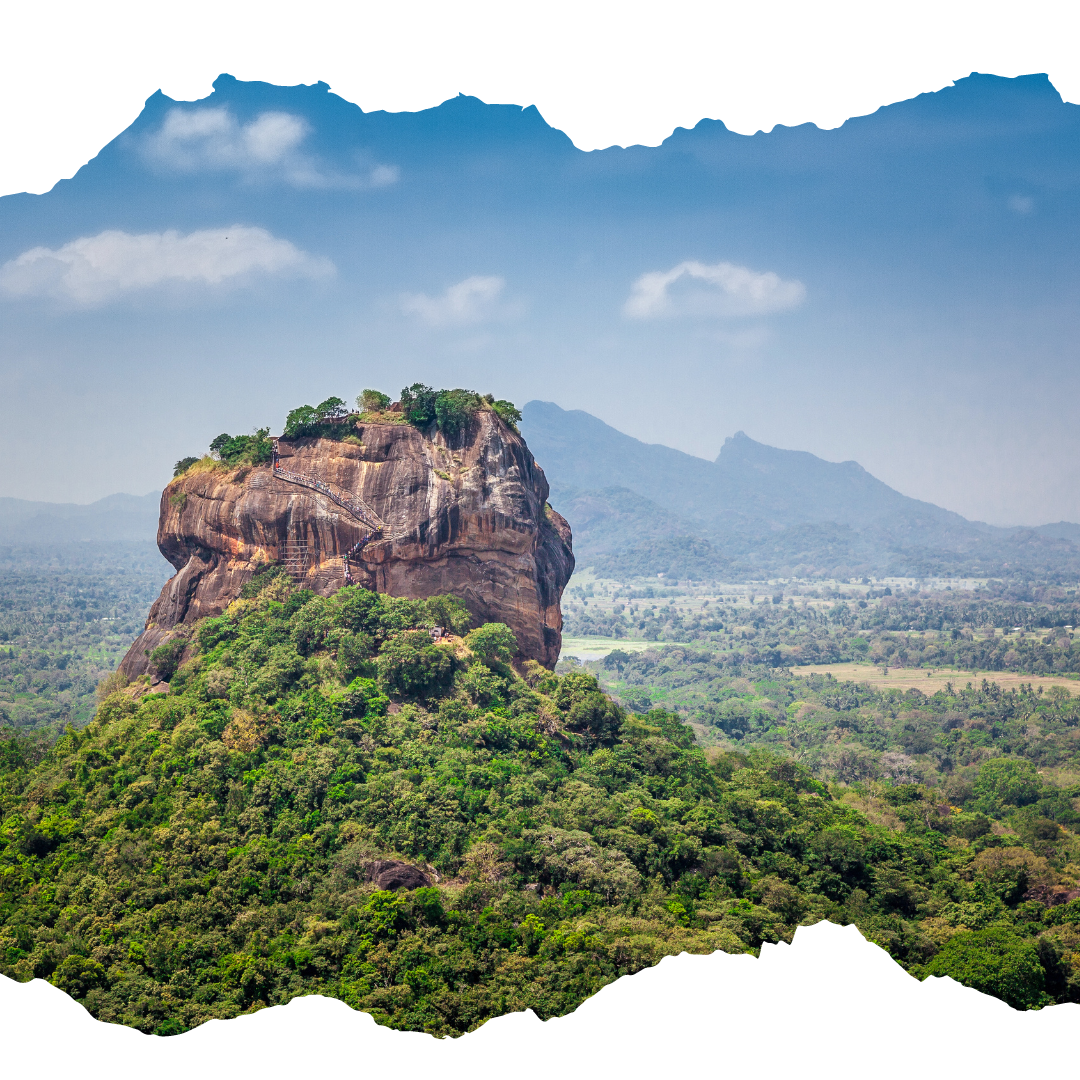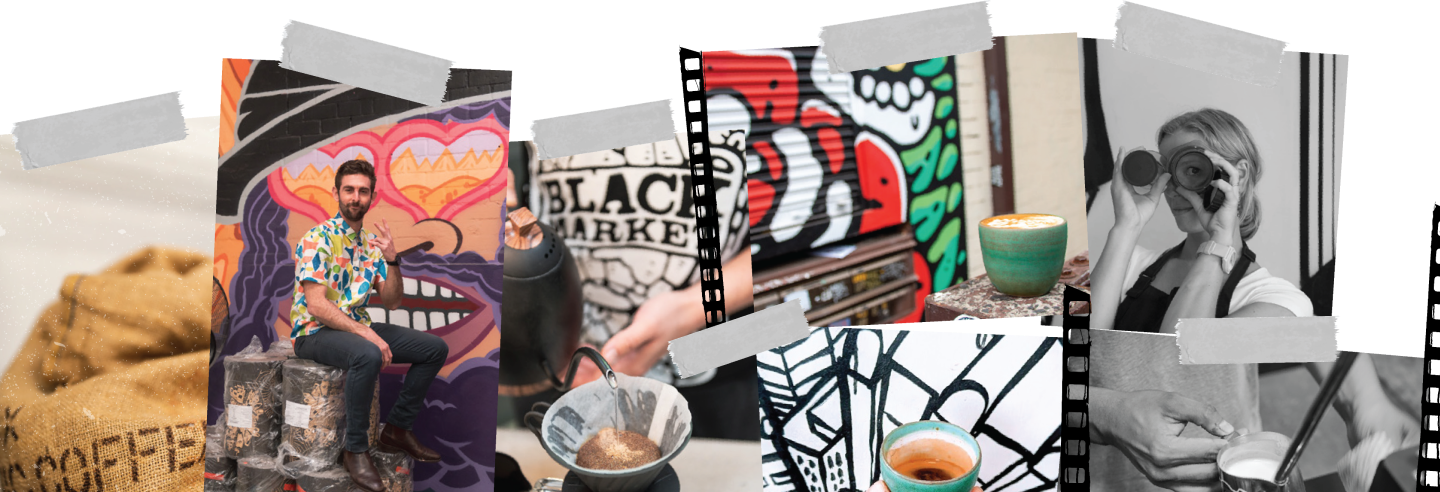
SRI LANKAN COFFEE: THE GLORY YEARS
I don’t think of coffee straight away, or at all when I think of Sri Lanka. I think of tea, of rolling green plantations, of elephants and peacocks, tuk tuks, civil war, rotis, perfect surf, and a 9 hour overnight bus ride from one side of the island to the other on a packed local bus with no air conditioning that dropped me off in the middle of the road in the pitch black 3am. But not coffee. I even think of cricket before I think of coffee¹.
That Sri Lankan coffee hasn’t a place in my mental producers of report list is a lamentable chapter in the country’s tumultuous history. Sri Lankan coffee, once booming, then obliterated, is now, hopefully, rising from the ashes.
Sri Lanka’s coffee origin story begins with the usual shroud of mystique and romanticised monastics, with the first plants believed to have been brought from Yemen, via India, via Muslim pilgrims on a quest. It seems they lacked the knowledge or desire to pass on what to do with it, so leaves were used for curry, and flowers used for offerings in temples. Not the worst way to use it, but definitely not the best.
Then, as per usual, the Dutch swooped in with their cultivating ways and set up a systematic farming approach, which improved things a bit, but the Dutch East India Company quashed any real production booms as not to compete with their beloved Java. That and they were growing it the lowlands of the country and if you’ve been there (as I have) you’ll know it’s largely sandy, podzol soil, which makes for a infertile, unproductive, highly acidic environment, which is then blasted with seasonal tropical monsoons. Not fantastic growing conditions for coffee. Or anything.
And then, as per usual, the Brits swooped in in the late 1700’s, and continued coffee experimentation with their biggest success being to establish plantations in the more fertile, arable regions of the country. In the 1830’s, coffee production began to expand. Government land was being acquired for commercial use, forests of the southern highlands cut down, and they capitalised on the West Indies recent departure from slavery, which slowed their production. Sri Lanka had no such limitations on labour, and conscripted impoverished workers from the Tamil regions to endure draconian conditions on the plantations. By 1860, Sri Lanka was one of the top three coffee producing nations, alongside Brazil and Indonesia.
This is before everything was destroyed by leaf-rust of course.
Devastating Emily, or The Blight as it was known, swept through Sri Lankan coffee industry in the late 1800’s, scourging the plantations till only 46km2 remained. And then (doing my best not to anthropomorphise tea into an opportunistic vulture) tea seized the day and made Ceylon what we know it for now, and turned the phrase Kopi Kale (coffee era) to mean ‘a very long time ago.
But not for long.
Tune in next month for the next installment of this story, The Sri Lankan Phoenix: Coffee’s Rise From The Ashes².
…
¹I then had to google it to see if Sri Lanka does in fact, play cricket. They do. At the time of writing they beat Zimbabwe by 9 wickets with 55 balls left.
²Working title. With cricket references!
Citations
https://www.youtube.com/watch?v=zvVD4oJGgOg
https://en.wikipedia.org/wiki/Coffee_production_in_Sri_Lanka
https://intelligence.coffee/2023/09/sri-lanka-coffee-origin/
https://perfectdailygrind.com/2015/12/specialty-coffee-in-sri-lanka-from-production-to-consumption/
Be The first to know about new digs.

